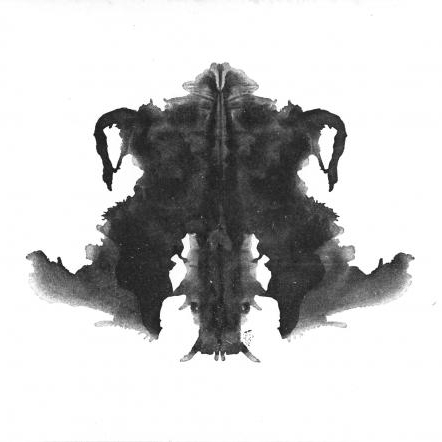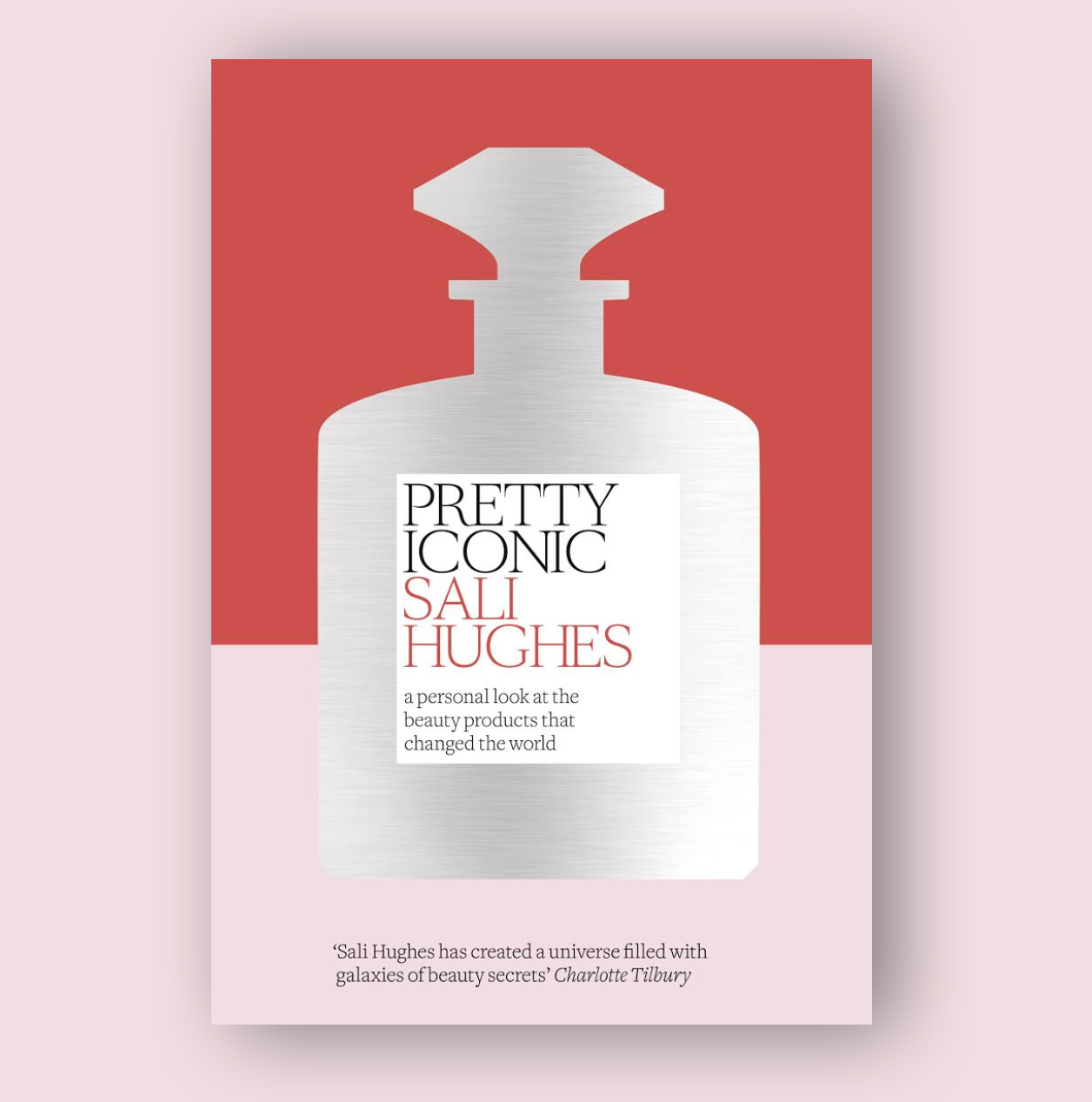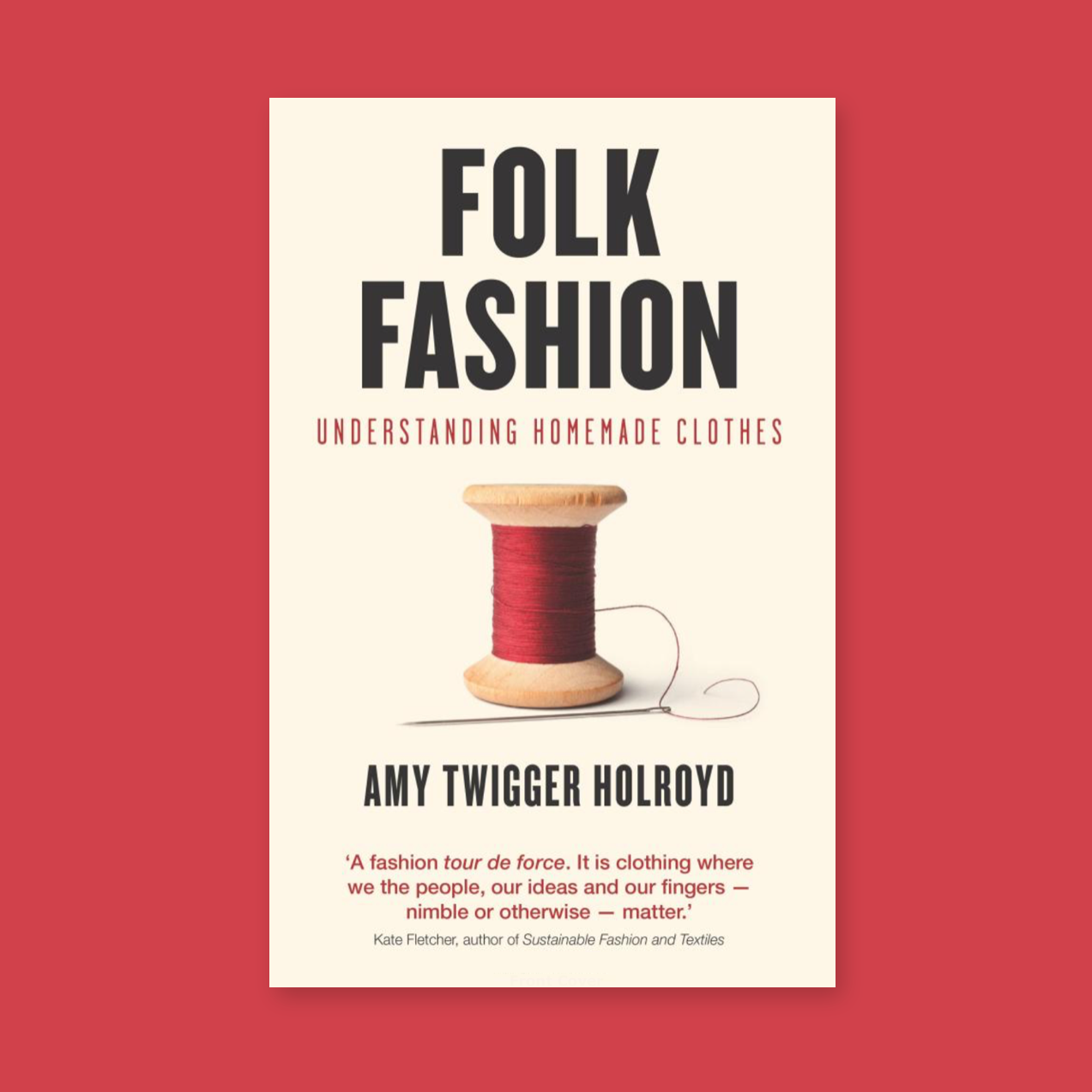Event Review: What is Fashion Research?
It is one of the great fallacies of fashion studies that our field is interdisciplinary—at least in practice. Sure, the modern fashion studies thesis comfortably and fluidly integrates object-based research with critical theory, but for the most part, we as scholars all sort of tend to stay in our corners—whether that corner be the studio, the ethnographic field, or the library. Or perhaps a better metaphor is Lou Taylor’s famous discussion of the so-called “great divide”: When she described the ongoing territorial disputes between scholars working in the object-based sister disciplines of dress and textile history and costume studies, and a then-new socio-cultural studies interloper called “fashion studies” (at that time, we had yet to even be introduced to the practiced-based fashion scholar) in her 2002 book, The Study of Dress History, she nevertheless anticipated a forthcoming unification. Fast forward more than a decade, and it’s not so much that we have bridged the great divide as we have walked up to the edge of the chasm and politely waved to the scholars on the other side. Just consider the contemporary iteration of the “fashion studies department”: More often than not, programs labeled as such adopt a curriculum that rarely strays far from the triumvirate of fashion history, cultural studies, and sociology, while being largely grounded in the practice of writing. Within this context, objects and making tend to be afterthoughts.
Indeed, although there are many different “kinds” of scholars working on and thinking about dress and fashion, it’s not often that you are able to get all of them in a room together, talking and, perhaps more importantly, finding a common ground. However, at the Fashion Institute of Technology on Tuesday, September 5, 2017, the Fashion Research Network, with the support of the School of Graduate Studies at the Fashion Institute of Technology, was able to do just that. In a true display of interdisciplinarity (or perhaps it was a testament to the multi-methodological nature of fashion studies, depending on how you define it…but more on that later) Ellen Sampson (Royal College of Art) and Alexis Romano (Courtauld Institute of Art) fielded an interesting and all-too-rare conversation between curators, academics, and makers to whom they asked, “What is fashion research?” Somewhat surprisingly, writing would prove to be a unifying theme, or an unlikely red thread that wove itself through the conversation and, perhaps, was a first step to bridging that “great divide.”
As a preface to the panel discussion, each of the invited guests did brief presentations to introduce the audience—comprised mostly of members of the inaugural class of the Fashion Institute of Technology’s MFA Fashion Design program and faculty—to their research. Anna Reynolds, Curator of Paintings at the Royal Collection Trust, was first up. With her exhibition “In Fine Style” (2014) serving as an entry point, Reynolds described how she put paintings and extant garments in dialogue with one another in order to explore a research question that has captivated her since her days as a student: How do garments inform paintings and vice versa? While this question formed the basis of “In Fine Style,” which suggested that clothing actually inspired new techniques and practices in portrait painting, she had first found herself thinking about this issue while completing her Master’s at the Courtuald where she wrote her MA thesis on fashion in the paintings of John Singer Sargent, but has since returned to it as a fellow at the Metropolitan Museum of Art.
In his own presentation, Jonathan KYLE Farmer (Professor and Chair, MFA Fashion Design, Fashion Institute of Technology) described a markedly different approach to fashion research—an approach that he has called “drawing with scissors.” This innovative method, which has resulted in Farmer’s well-traveled exhibition of paper “puppets,” emerged from his obsession with palindromes and the symmetries of the human body. Farmer’s work as both a practitioner and, now, a program director has always been undergirded by this fascination, which has translated to the way he teaches pattern making and draping. For him, research and teaching go hand-in-hand.
“Fast forward more than a decade, and it’s not so much that we have bridged the great divide as we have walked up to the edge of the chasm and politely waved to the scholars on the other side.”
As one of the first people to earn a PhD in fashion studies, Francesca Granata’s (Assistant Professor of Fashion Studies, Parsons School of Design) work has followed an entirely different trajectory. Studying under Caroline Evans at Central St. Martins, Granata’s research interests have centered on how the grotesque and carnivalesque manifested in fashion and performance art in the 1980s and 1990s. In researching the stage and film performances of Leigh Bowery to the body-distorting designs of Rei Kawakubo, Granata was forced to adopt a multi-methodological approach that spanned the fields of film studies, material culture and art history, and which together, created an approach that was distinctively and uniquely fashion studies. Within this matrix, she approached theory as a “toolbox” that helped her to better appreciate the complex, polyvalent nature of contemporary fashion phenomena.
Different from Granata, who had the luxury of pursuing a single project over several years, as Curator of Costume and Accessories at the Museum at the Fashion Institute of Technology, Colleen Hill’s research practice occurs at warp speed: Following the timeline of the museum’s packed exhibition schedule, Hill is often juggling multiple projects at once. Among them, Hill described the work that went into her jewel of an exhibition, “Fairy Tale Fashion” (2016), which, much like Granata’s, was multi-methodological and interdisciplinary in scope. One unlikely and fascinating place Hill’s research led her was to the history of early literature, and specifically of early fairy tales—the descriptions in which she relied up on to help her demarcate her criteria for selecting garments from the museum’s massive archives.
As the final presenter, Cassandra Gero (Costume Institute), provided a perspective that is too often absent on fashion research panels: that of the conservator. Indeed, Gero’s work often goes unnoticed, but with good reason. Working largely behind the scenes, Gero and her colleagues handle much of the work to arrest the decomposition and decay of priceless garments, but to also ensure that they are displayed to their best effect and, perhaps more importantly, actually make it to their final location one piece, literally. In an anecdote that had audience members in stitches, Gero described the journey she took to London to ensure an Alexander McQueen gown covered in delicate razor clam shells didn’t shed any along its transcontinental journey on trucks, planes, and ferries. One unlikely place research practice led her was to learning about the relationship between razor clams and tide cycles—a bit of trivia that is as useful for garment conservation as it is for chats over cocktails.
The diversity of the speakers’ presentations put to bed the idea that fashion research is one thing. Fashion studies—an umbrella term for a field of study that today, and by most definitions, happily encompasses object-based studies, fashion practice, ethnography, sociology, and cultural studies, to name just a few—is as interdisciplinary as it is multi-methodological. Indeed, one of the speakers, Francesca Granata, discussed this in her widely-cited article, “Fashion Studies In-between: A Methodological Case Study and an Inquiry into the State of Fashion Studies,” the need for interdisciplinary and multi-methodological approaches is “inherent in the subject matter itself.” [1] In other words, fashion, a multi-layered phenomenon begs multiple approaches.
“In other words, fashion, a multi-layered phenomenon begs multiple approaches.”
Even so, all of the speakers with their diverse approaches and divergent answers to the question of “What is fashion research?” seemed to agree upon one thing: that writing is a vital part of the research process.
Co-moderator Ellen Sampson kicked off this interesting discussion when she noted that she was struck by the intersections between materiality, body, image and text in the presentations and asked, “How do you see your practices intersecting with writing?” Granata answered first, noting that perhaps more than any of the other panelists, writing is her primary practice. Although technically ancillary to the practice of curating, Hill followed up by saying that writing was perhaps the most fun part of her job: Limited to fifty words of text on object labels, books are the space in which she gets to really stretch her legs and get into the months of research that preface each exhibition. While her work “begins with objects, it ends with writing,” she noted. Reynolds echoed this point, suggesting that while an exhibition has to be taken down after a few months, it is inevitably the curators’ books that live on.
As a maker, Farmer, on the other hand, had a decidedly less consensual relationship with writing, describing it as “the most horrific thing in my entire life.” When forced to write a curriculum of twenty-one courses in a short ten weeks, however, Farmer found a new usefulness for writing, describing it as a “journey through my own life as a student and teacher.” In spite of his own writing phobias, Farmer is nevertheless excited to integrate writing into his new, design-based curriculum as a space for students “wander into things they didn’t know they knew yet.”
Although writing is often regarded as the final product of research, what the panelists, perhaps inadvertently, made clear is that writing is actually integral to the research process itself. Indeed, both Granata and Hill described something that is perhaps all too familiar to those of us who spend months and months in the archives and doing our primary research, only to discover that it is only through writing that you really discover the holes and gaps. In that vein, writing can help us to “wander into things we didn’t know we knew yet,” to borrow Farmer’s words, but can also help us to better understand things that we simply don’t know yet. And in the end, isn’t that what fashion research is all about?
This review will also published on The Fashion Research Network's website.
Notes
[1] Francesca Granata, Fashion Studies In-between: A Methodological Case Study and an Inquiry into the State of Fashion Studies” in Fashion Theory 16.1 (2002): 78.



